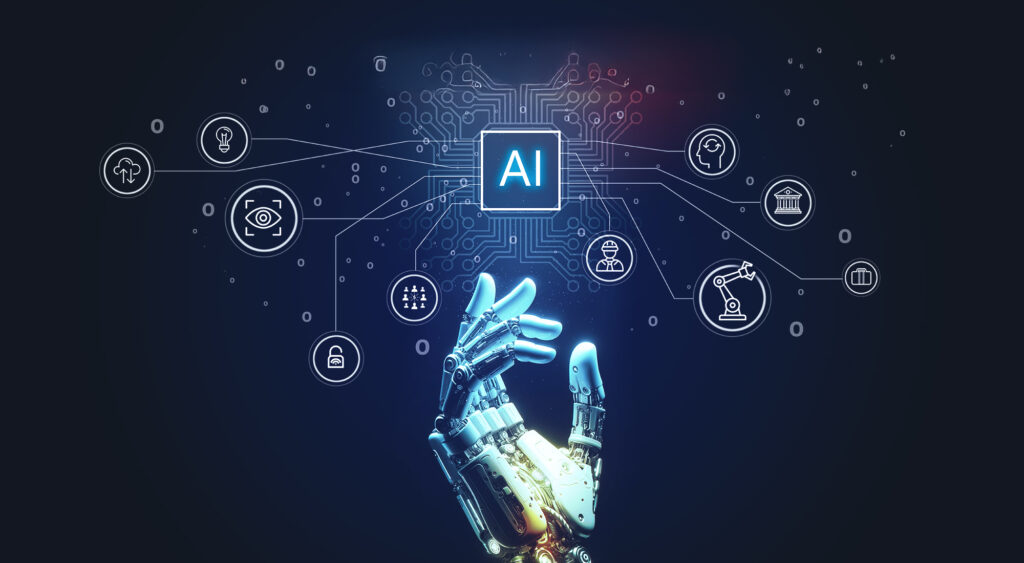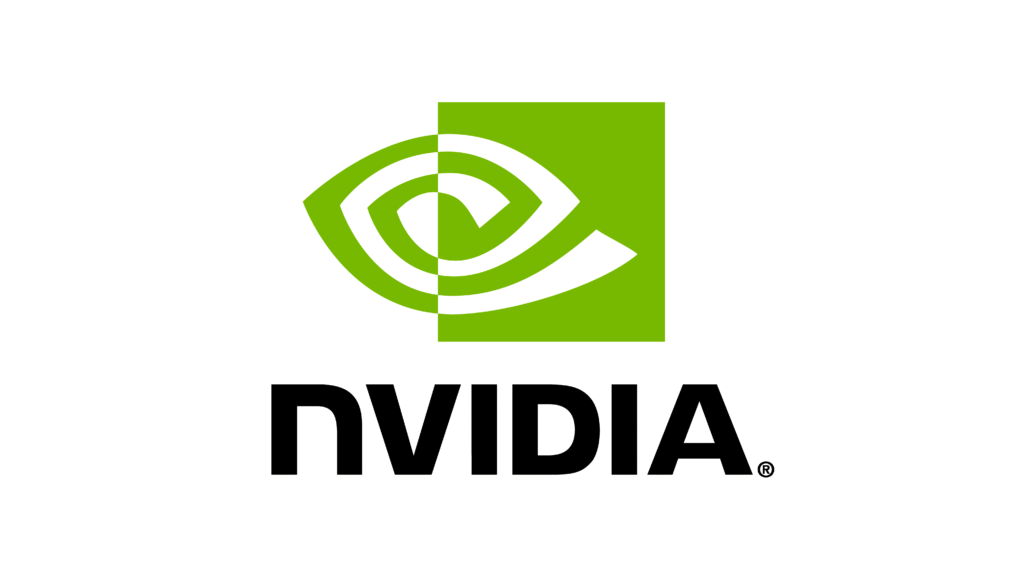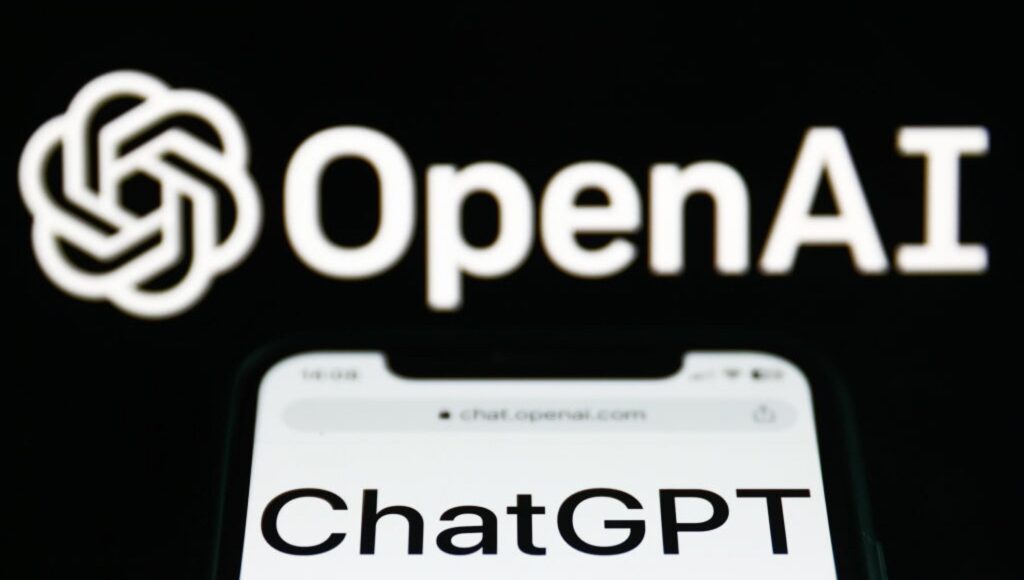
The artificial intelligence revolution is no longer a glimpse into the future; it is our present reality, fundamentally reshaping every industry from healthcare to finance. But behind every intelligent chatbot, every self-driving car, and every predictive algorithm, powerful engines are driving this change: the world’s leading AI companies. This isn’t just a race for the most viral demo; it’s a high-stakes battle for technological supremacy, fought with research breakthroughs, vast computational resources, and strategic vision. While headlines often focus on a familiar few, the landscape is far more diverse and competitive.
So, who truly holds the crown? In this definitive guide, we cut through the hype to analyze the top AI companies that are not just participating but actively dominating the field. We’ve moved beyond theoretical potential to evaluate them on tangible impact—groundbreaking products, market influence, and the sheer power of their innovations. From the chipmakers fueling the entire ecosystem to the software giants integrating AI into our daily tools, we reveal the key players you need to know and explore how their rivalries and collaborations are defining the next decade of technological progress.
The Top 10 AI Companies Leading the Charge
1. NVIDIA: The Engine Beneath the Hood

If AI is a gold rush, NVIDIA is selling the picks, shovels, and entire mining operations. While other companies chase the next big model, NVIDIA powers them all.
Why They Dominate: Their graphics processing units (GPUs) happen to be perfectly suited for the massive parallel computations required by AI systems. The H100 and new Blackwell chips aren’t just fast – they’re essentially supercomputers on a chip.
Beyond Hardware: What really gives NVIDIA its edge is the complete ecosystem. Their CUDA platform is the programming language of AI, while DGX Cloud provides everything as a service. They’ve become the indispensable foundation that every other AI company builds upon.
Real Impact: When you ask ChatGPT a question or generate an image with Midjourney, there’s a high probability that NVIDIA hardware is doing the heavy lifting behind the scenes.
2. Microsoft: The Enterprise AI Juggernaut

Microsoft has executed one of the smartest plays in tech history. While they were developing their own AI capabilities, they made a prescient $13 billion investment in OpenAI, essentially securing their position in the generative AI revolution.
The Azure Advantage: Through Azure AI and the Azure OpenAI Service, Microsoft brings cutting-edge AI to millions of businesses that already trust Microsoft with their critical operations. Companies don’t need to be AI experts – they can simply use AI as a service.
Copilot Everywhere: The “Copilot” strategy is brilliant – whether you’re coding in GitHub, writing in Word, or analyzing in Excel, there’s an AI assistant built right in. This isn’t AI as a separate product; it’s AI woven into the fabric of work itself.
3. OpenAI: The Revolution Starter

It’s impossible to overstate OpenAI’s impact. They didn’t just create advanced AI – they launched it into the public consciousness with ChatGPT, which became the fastest-growing consumer application in history.
Beyond the Hype: While ChatGPT captured imaginations, its underlying models like GPT-4 represent staggering technical achievements. These systems don’t just pattern-match – they reason, create, and solve problems in ways that continue to surprise even their creators.
The Balancing Act: OpenAI walks a tightrope between commercial pressure and its original mission to ensure AI benefits all of humanity. Their unique capped-profit structure reflects this ongoing tension between world-changing ambition and practical reality.
4. Google: The Research Powerhouse Playing Catch-Up

Google finds itself in an unusual position: simultaneously being an AI leader and playing catch-up. This is the company that invented the transformer architecture that makes modern AI possible and created TensorFlow, one of the most important AI frameworks.
DeepMind’s Brilliance: Google’s acquisition of DeepMind brought in one of the world’s most talented AI research teams, responsible for breakthroughs like AlphaFold, which solved the 50-year protein folding problem.
The Search Question: All eyes are on how Google will transform its core search business with AI. The Search Generative Experience represents their answer – but the challenge is integrating AI without compromising the reliable search results billions depend on.
5. Meta: The Open-Source Champion
While some companies guard their AI models closely, Meta has taken the opposite approach – releasing powerful models like Llama 2 and Llama 3 as open source.
The Open Strategy: By giving away their AI crown jewels, Meta accomplishes several things: they earn developer goodwill, establish their technology as a standard, and benefit from thousands of developers improving their work for free.
Social AI Integration: Every time you scroll through Instagram or Facebook and see perfectly curated content, you’re experiencing Meta’s AI in action. Their recommendation systems represent some of the most sophisticated and widely used AI on the planet.
6. Amazon: The Practical AI Giant
Amazon approaches AI with characteristic pragmatism. While others chase flashy demos, Amazon focuses on AI that delivers measurable business value.
AWS and Bedrock: Amazon Web Services provides the infrastructure for much of the internet, and its AWS Bedrock service makes it easy for companies to access multiple foundation models through a single API.
AI That Just Works: From the recommendation engine that drives 35% of Amazon’s revenue to the AI optimizing delivery routes and warehouse operations, Amazon’s AI works quietly in the background, making everything more efficient.
7. Anthropic: The Thoughtful Contender
Founded by former OpenAI researchers concerned about AI safety, Anthropic has positioned itself as the thoughtful, responsible alternative in the AI race.
Constitutional AI: Their unique approach builds guardrails directly into their Claude models, aiming to create AI systems that are helpful, harmless, and honest by design.
Enterprise Focus: While less flashy than ChatGPT, Claude has gained significant traction among businesses that prioritize reliability and safety, particularly in sensitive applications where mistakes could be costly.
8. Tesla: The Real-World AI Pioneer
While most AI companies operate in the digital realm, Tesla is solving one of the hardest problems in the physical world: full self-driving.
The Data Advantage: Tesla’s real secret weapon isn’t just its technology – it’s the data. With millions of cars on the road, Tesla collects billions of miles of real-world driving data, creating an insurmountable competitive moat.
Beyond Cars: The same AI technology that powers Tesla’s autonomous driving is being adapted for humanoid robots through its Optimus program, potentially positioning Tesla to lead in multiple AI-driven industries.
9. IBM: The Enterprise AI Veteran

Before AI was cool, IBM was making headlines with Watson winning Jeopardy! While they’ve lost some of the spotlight to newer players, they remain a formidable force in enterprise AI.
Trust and Scale: IBM’s strength lies in helping large, regulated companies implement AI responsibly. Their Watsonx platform focuses on transparency, governance, and scaling AI across massive organizations.
Quantum Computing: Looking to the next frontier, IBM’s substantial investments in quantum computing could eventually create the next generation of AI systems far beyond what’s possible today.
10. Baidu: China’s AI Standard-Bearer
In China’s walled-garden internet, Baidu plays a role similar to Google – but with the added challenge of developing AI independent of Western technology due to geopolitical tensions.
Ernie Model: Their Ernie large language model represents China’s homegrown alternative to GPT-4, tailored for Chinese language and cultural contexts.
National Champion: With strong government support and access to China’s vast market, Baidu is positioned to lead AI development in the world’s second-largest economy, potentially creating a parallel AI ecosystem.
Honorable Mentions: The Next Wave
The AI landscape evolves so rapidly that today’s startup could be tomorrow’s giant. Keep your eye on:
Apple: Typically secretive, but their focus on on-device AI and potential entry into the LLM space could be massive.
Midjourney: Proving that a focused company can lead in a specific domain (AI imagery) without needing to do everything.
Stability AI: The driving force behind Stable Diffusion, they’ve championed open-source AI image generation.
UiPath: Leading the charge in robotic process automation, using AI to automate routine business tasks.
The Patterns That Define Today’s AI Race
Looking across these companies, several strategic patterns emerge:
The Cloud is the Battlefield: The major cloud platforms (Azure, AWS, Google Cloud) have become the primary arena for AI competition. Companies that control the cloud infrastructure ultimately shape who can access and afford AI capabilities.
The Foundation Model Wars: There’s an arms race to build the best base models. These foundational models are becoming the new operating systems, with everything else built on top of them.
Open vs. Closed Source Debate: Meta’s open-source approach challenges the closed models of OpenAI and Google. This philosophical divide will shape whether AI remains concentrated or democratized.
Full-Stack Ambition: Companies like Tesla and NVIDIA increasingly control everything from chips to end-user applications, creating integrated advantages that are hard to challenge.
AI Safety as a Feature: What began as an academic concern has become a market differentiator, with companies like Anthropic building their brand around responsible AI.
The Future is Being Written Now
What’s astonishing about the AI landscape isn’t just how fast it’s moving, but how many different paths to leadership exist. There’s room for hardware pioneers like NVIDIA, ecosystem builders like Microsoft, research powerhouses like Google, and focused innovators like Anthropic.
The companies we’ve explored aren’t just competing for market share – they’re competing to define how humanity interacts with intelligence itself. Will AI remain concentrated in a few hands or become democratized? Will it be open or closed? Will safety be a priority or an afterthought?
One thing is certain: the decisions these companies make today will ripple through our economies, societies, and daily lives for decades to come. The AI revolution has multiple authors, and we’re all about to find out what story they write.



0 Comments